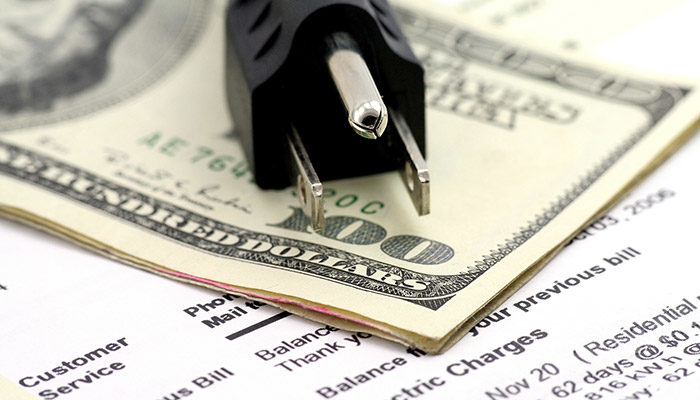
How to Bring Down Your Electricity Costs
You may not realize it but your computer can eat up a lot of electricity. How much it consumes depends on you’re the configuration and also on what other devices you have connected to it.
Usually a desktop PC will have a Power Supply Unit that is rated between 300 and 500 watts. This denotes the maximum power that can be delivered via that PSU. Before you start panicking, the PSU does not deliver the maximum all the time and only does it when required.
There are many culprits that cause a lot of power consumption. Advanced graphics cards draw a lot of power, especially when graphics intensive games are played. Using apps that require a lot of memory and processing power also delivers similar results. Using a large CRT monitor or even an LCD monitor at full brightness can push up your power bill.
To bring down your energy costs, try to do the following:
1. After shutting down the computer, physically cut the power connection to the PC by flicking the switch to the “off” position on the wall socket.
2. If your monitor does not draw power from the PC (enabling an auto switch off), you should switch it off manually after shutting down the PC.
3. Switch off printers and scanners when not in use.
4. Switch off any powered speakers when not in use.
5. Reduce the brightness on your monitor. This will consume less power and also promote long life in the product.
6. Use power management tools provided with the OS.